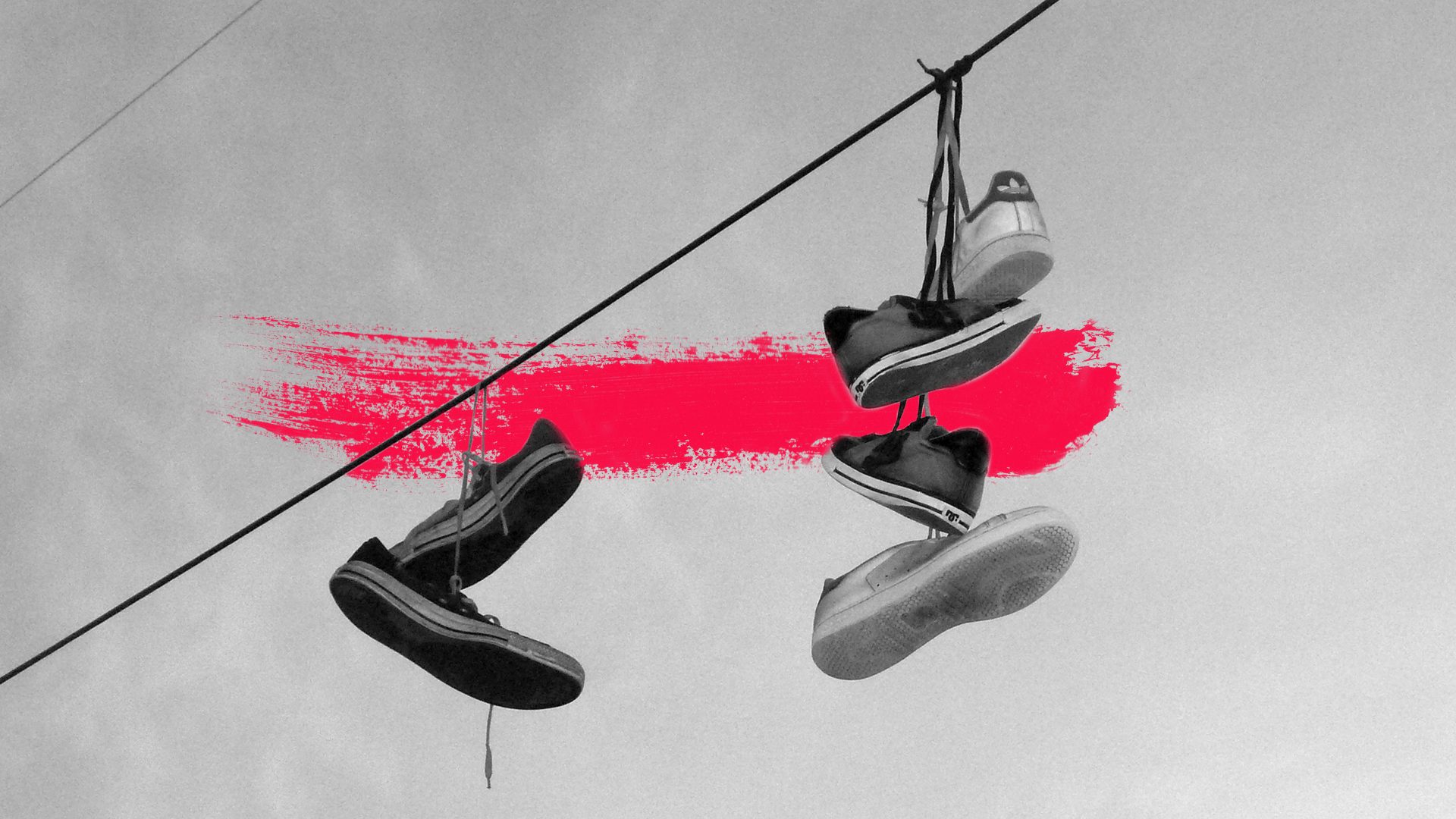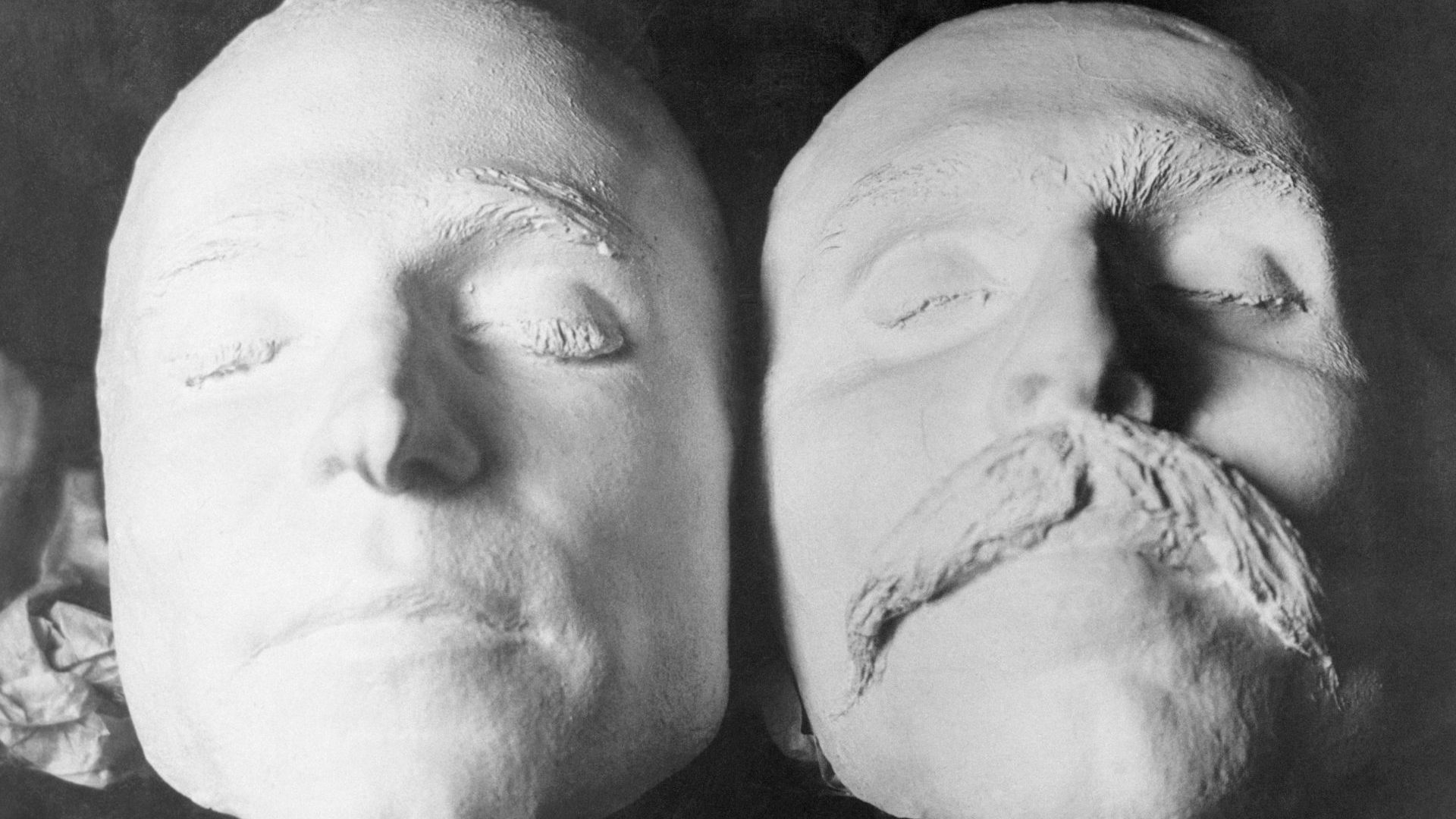Intelligence has reached me – albeit belatedly – of a vital element in the battle-hardened Taliban’s armoury; one that may well have been a deciding factor when it came to their defeat of the regime installed by the US and its allies. My youngest son – who’s pretty keen on shoes himself – drew my attention to an article from last year in the New York Times, in which the fundamentalists’ favoured footwear was identified and analysed. Cheetahs, high-topped training shoes made by the Servis company in Pakistan, have for many years graced the feet of these warriors-for-God – and indeed, are such a highly esteemed status symbol, Taliban commanders would buy extra pairs for their men so they could enter the fray (and quite possibly paradise itself) looking spiffy.
My son tells me the creepy sneakers are “interesting”, exhibiting a strange syncretism between the past and the future – a defiance of the normal progression of training shoe style. I know nothing of such things, not having
consciously bought a pair of trainers since Christ stopped at Eboli, took off his Nikes, and washed his hurting feet. I could give you a lot of cod-socio-psycho-anthropology in support of my aversion to this kind of footwear – and soon I will; but in the first instance what needs to be said about trainers – all trainers – is that they pretty soon start to smell.
Or at least they will if you actually do any “training” in them – a strange sort of ascription, really, for equipment that’s mostly used in the furtherance of inanition. You could plot a graph showing the increasing indolence of the
British people over the past half-century and it would directly correlate with the rising sales of training shoes. Which is not to say that a causal relationship exists between the two phenomena, it’s rather that both are expressive of an underlying cultural dialectic: one that fetishises those objects that interpose themselves between the messy contingencies of human corporeality, and that field of dreams which exists, beautifully mown, in the imagination of even the most committed couch potatoes.
I once had a friend, Raj, who was a serious sneaker-freak – he’d been at it since the early 1990s, and once admitted to me that he rented not one, but two lockups in which he kept his breathable knit polyester hoard. He spoke – with the fatality of any addict – of journeys to Las Vegas, where they have special auctions of collectable trainers; auctions at which he would inevitably find himself bidding over the odds (he was not a wealthy fellow), for shoes that would never, ever be worn, but which would always remain – in the disturbingly carnal imagery of the sect – “box fresh”. What does it take to become this sort of cut-rate Imelda Marcos? A woman more famous for her extensive shoe collection than she ever was for being First Lady of the Philippines.
The answer is, a refusal to accept – at least notionally – any sort of contact with the defiling ground. The sneaker freak is a sort of Brahmin of the banal; it’s precisely the training shoe’s functionality as a foot-encapsulating sweat
sponge that makes it so suitable for this role – this, and the raw fact of its interposition between the empyrean and the earth. In fetishising the trainer, the devotee (or “pervert” as they might be more properly named) also makes of it a transitional object: something that eases the troubling developmental stage between childhood and adulthood. The training shoe is mandatory equipment for those metonymic Eton playing fields, upon which are won the
contemporary wars in which Britain “punches above its weight”. (Really, the euphemism for neo-imperialism.)
Except that it doesn’t win. The British army had to ignominiously withdraw from southern Iraq under the protection of its victorious enemies, the Mahdi army – while the negotiated settlement that nominally ended a 25-year counter-insurgency conflict in Britain’s own backyard still hasn’t definitively finished it: the bogeyman of Irish republicanism keeps on rearing its head, a puppet show the likes of Liz Truss seem to feel scant responsibility for – one, indeed, they actively encourage in pursuit of their own nationalist agenda. As for Afghanistan, the British abandoned the Afghans to their fate after the longest deployment the British army had ever been engaged in ended last year in the most ignominious defeat; the fate of those left behind doesn’t bear thinking about, but even those Afghans who assisted British forces and were enabled to flee, are now suffering the stress and ignominy of stateless refugees, shunted from one begrudged B&B to the next.
Meanwhile, the Taliban hold sway in Kabul, where the bazaars are full of Cheetahs. The militants wore them for style and substance – these trainers are hardy footwear for hard terrain; but now they’re in power, the west can only hope that style predominates, and they all become sneaker-freaks who keep their beloved footwear “box fresh”.



